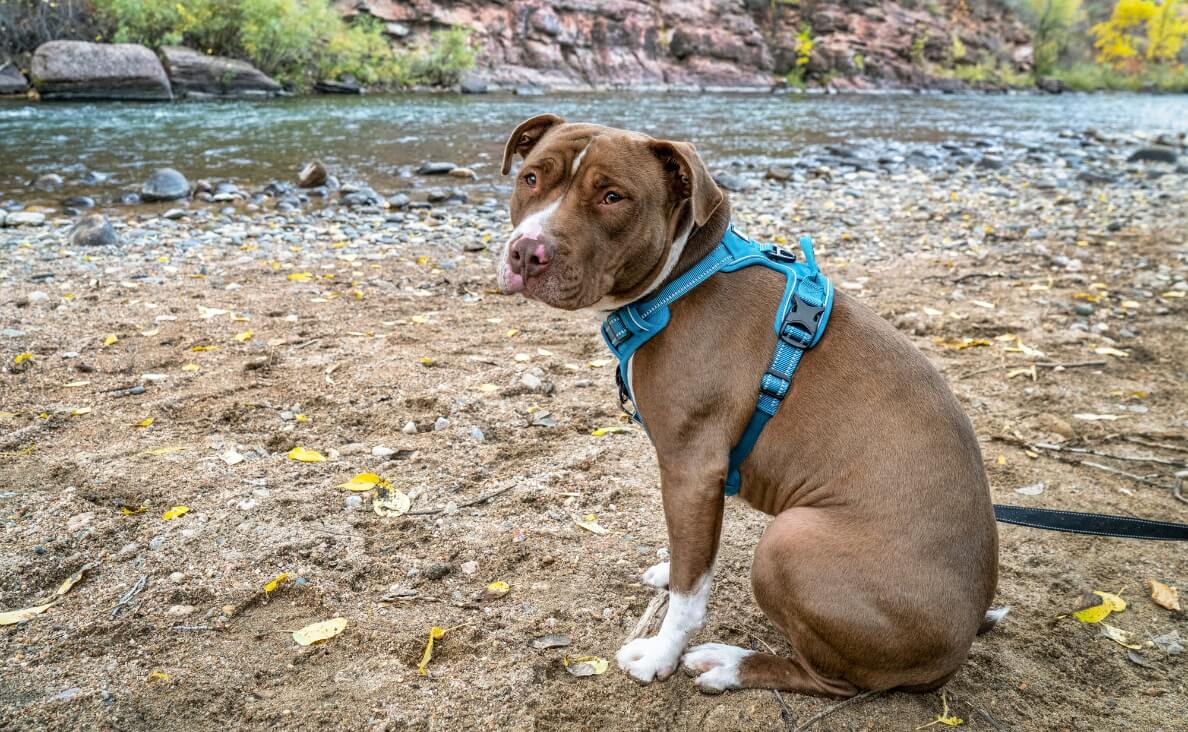
Dog walking can be an enjoyable and rewarding activity, but it can quickly turn into a tug-of-war if your furry family member is prone to pulling on the leash. This is where a no-pull harness becomes an invaluable tool for both pet owners and their canine companions.
In this guide, we’ll explore the key factors to consider when choosing a no-pull harness to make your walks more pleasant and stress-free.
Understanding the Importance of a No-Pull Harness
Walking a dog that constantly pulls can be frustrating and even hazardous. Traditional collars can put strain on a dog’s neck and trachea, leading to potential health issues. On the other hand, a no-pull harness is designed to distribute the force evenly across the dog’s body, reducing the risk of injury and making it a more humane choice.
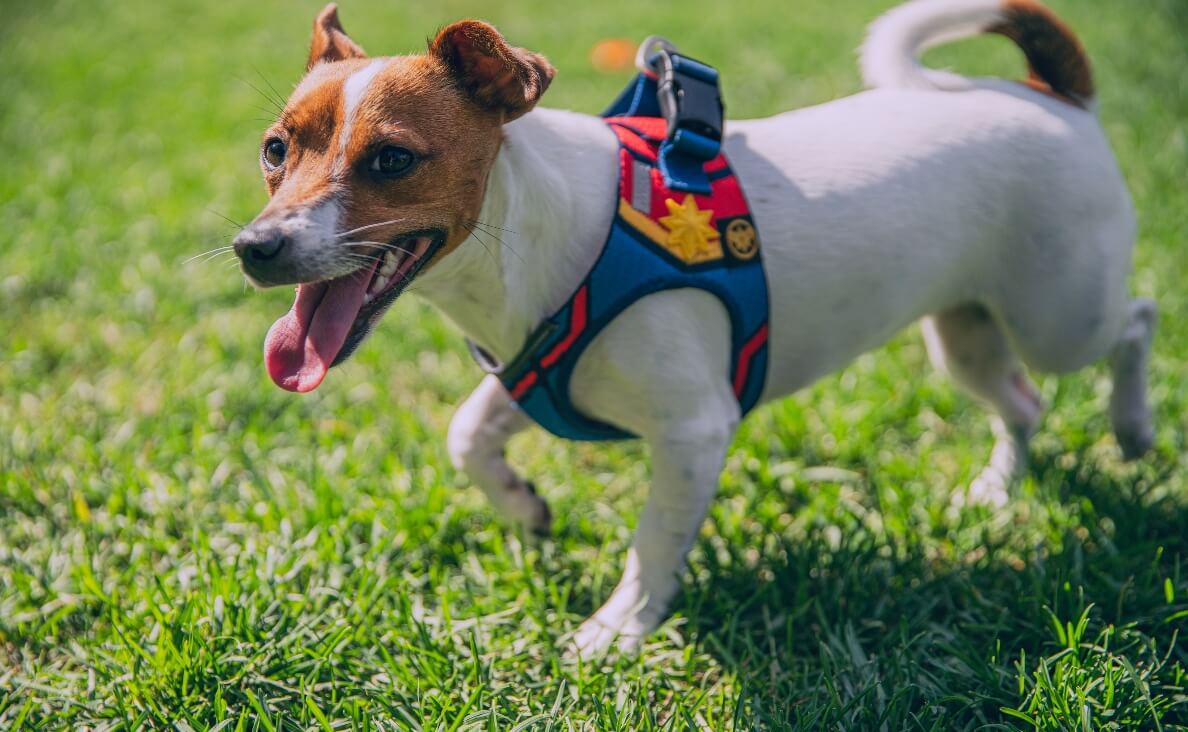
Key Features to Look for in a No-Pull Harness
-
Front Attachment Point
The front attachment point is one of the most effective designs for a no-pull harness. This is typically located on the chest area and encourages dogs to redirect their attention towards the owner when they pull. This helps in controlling the dog’s movement without causing discomfort.
-
Adjustability
Every dog is unique, and so is their body shape. Look for a harness with adjustable straps to ensure a snug and comfortable fit. A well-fitted harness is more effective and prevents chafing or discomfort for the dog during walks.
-
Material and Durability
Consider the materials used in the construction of the harness. Opt for a sturdy and durable material that can withstand the rigors of regular walks. Nylon and polyester are common choices for their durability and ease of cleaning.
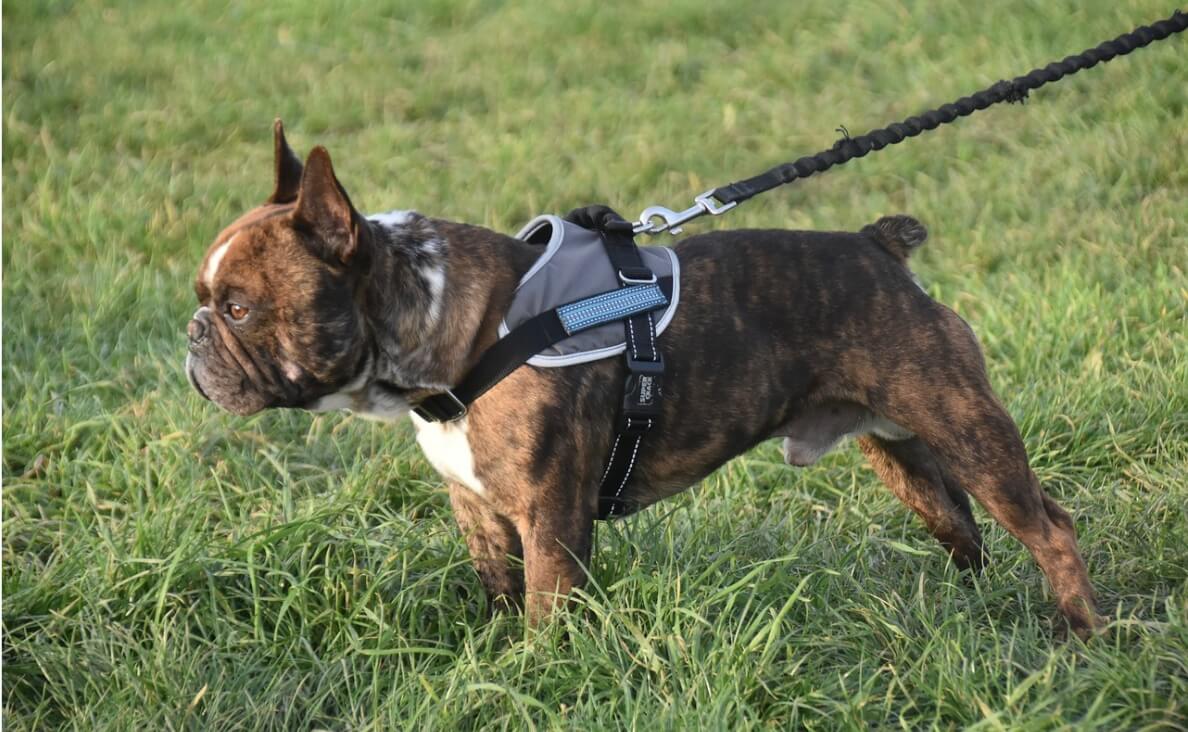
-
Easy to Put On and Take Off
A user-friendly harness is essential, especially for those with wriggly or impatient dogs. Choose a design easy to put on and take off without causing stress to you or your pet.
-
Reflective Elements
A harness with reflective elements is a must for those who enjoy evening walks or live in areas with low visibility. This enhances visibility and ensures your and your dog’s safety during nighttime walks.
-
Breathability
Dogs can overheat, especially in warmer weather. Look for a harness that allows for proper air circulation to prevent your dog from becoming uncomfortable during walks. Mesh or padded designs can be excellent choices for breathability.
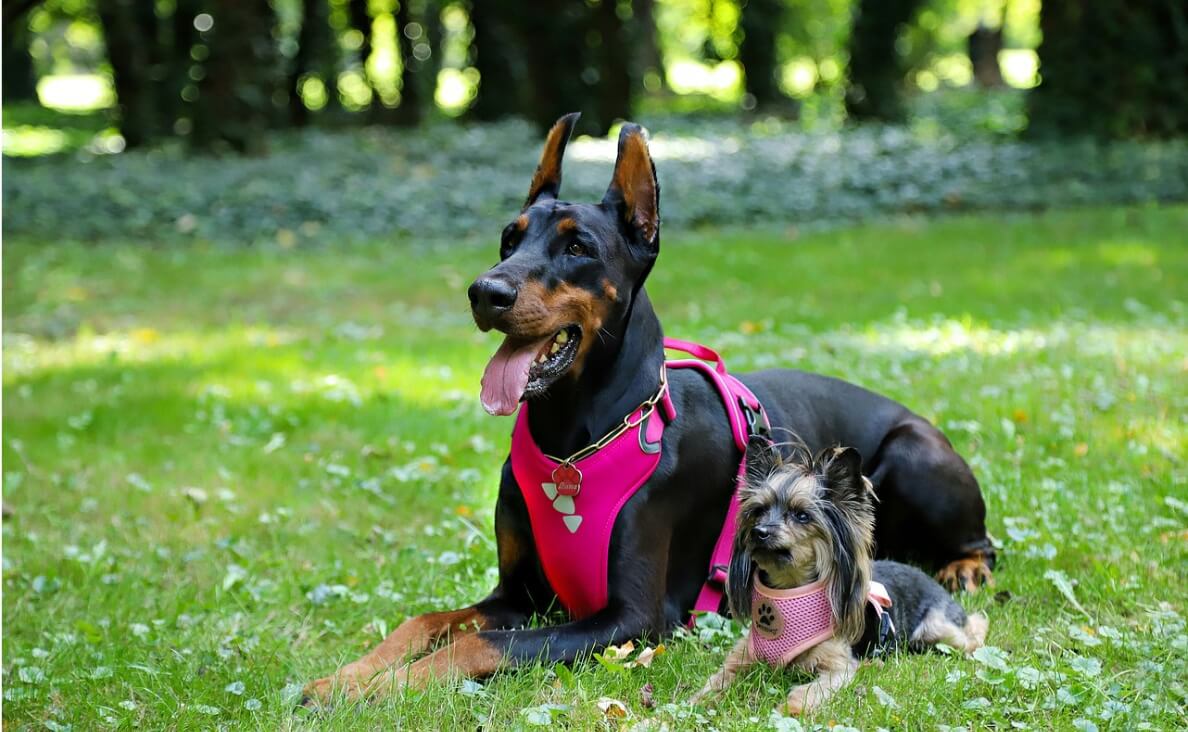
-
Training Handle
Some no-pull harnesses come with a training handle on the back. This feature is particularly helpful for training and providing extra control when needed, such as in crowded areas or emergencies.
How to Measure Your Dog for a No-Pull Harness
Before you start browsing for a no-pull harness, it’s crucial to accurately measure your dog to ensure the perfect fit. Here’s a step-by-step guide:
-
Measure the Girth
Use a flexible tape measure to determine the circumference of your dog’s chest, right behind their front legs. Make sure the tape is snug but not too tight. This measurement will help you choose the right size harness.
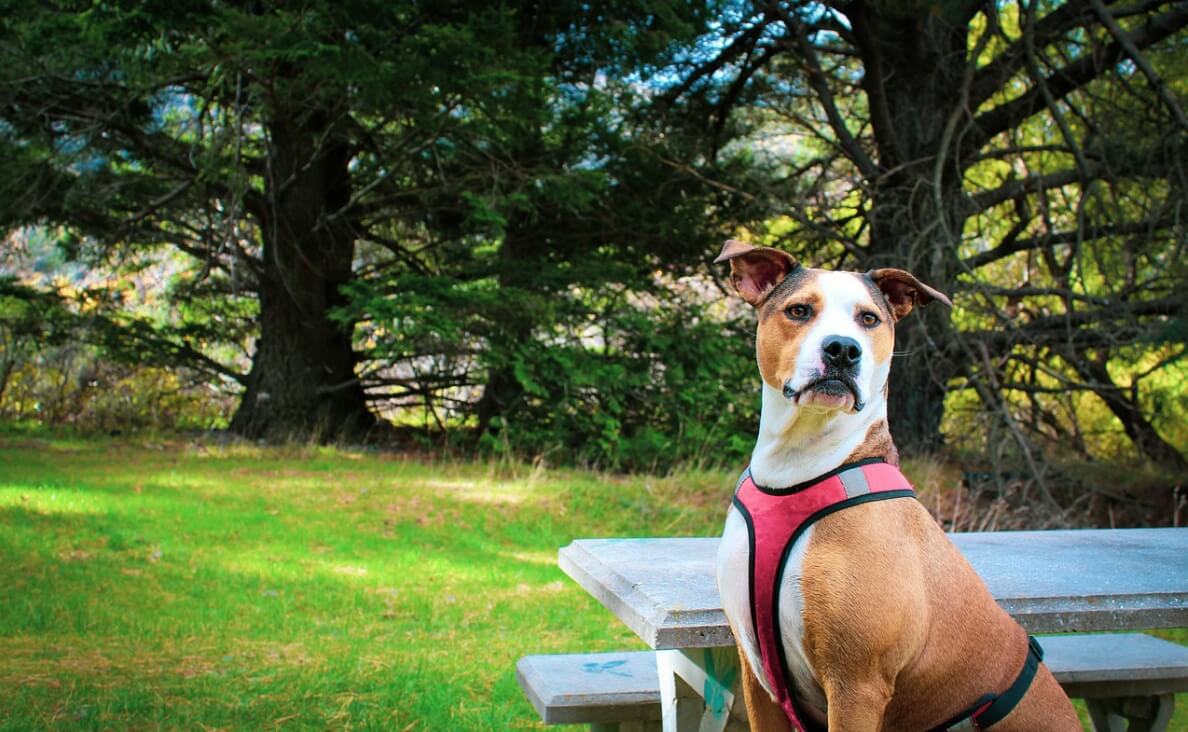
-
Measure the Neck
Measure the circumference of your dog’s neck where the base of the harness will sit. Again, ensure a snug but comfortable fit.
-
Consider Breed-Specific Needs
Certain breeds may have specific requirements. For example, brachycephalic breeds (dogs with short noses) may benefit from harnesses that don’t put pressure on their airways.
-
Check the Harness Sizing Chart
Refer to the sizing chart provided by the harness manufacturer. Different brands may have slightly different sizing, so always consult the specific chart for the harness you’re interested in.
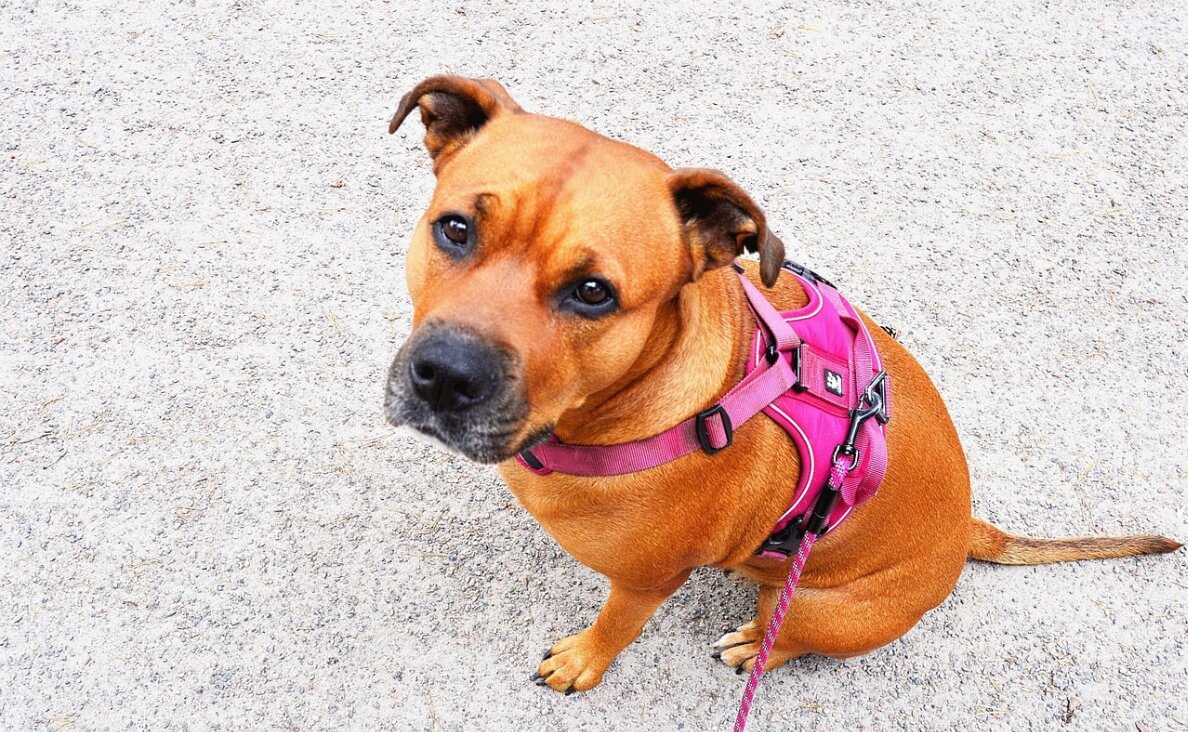
Tips for Training with a No-Pull Harness
-
Positive Reinforcement
When using a no-pull harness, positive reinforcement is key. Reward your dog with treats and praise when they walk calmly without pulling. This helps them associate good behavior with the use of the harness.
-
Gradual Introduction
Introduce the harness gradually, allowing your dog to get used to the sensation. Start by letting them wear it for short periods indoors before going on walks.
-
Consistency is Key
Consistency is crucial in dog training. Use the harness consistently during walks to reinforce positive behavior and discourage pulling.
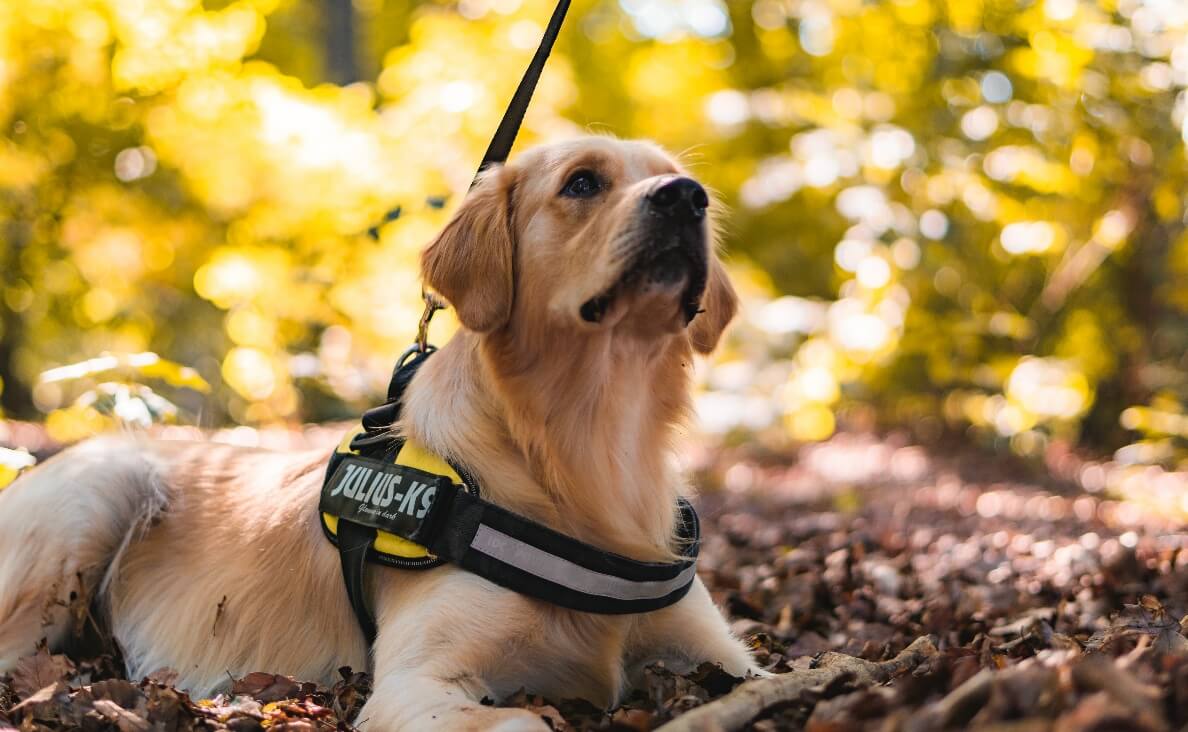
-
Redirecting Attention
Practice redirecting your dog’s attention back to you when they start to pull. The front attachment point on the harness is useful for guiding them gently in the right direction.
-
Professional Training Assistance
If you find your dog’s pulling behavior is challenging to manage, consider seeking assistance from a professional dog trainer. They can provide personalized guidance and training techniques.
Reviews and Recommendations
When choosing a no-pull harness, reading reviews from other pet owners is helpful. Online platforms, pet stores, and forums are excellent resources to gather insights into the effectiveness and durability of different harness models. Keep in mind every dog is unique, so what works well for one may not work as effectively for another.
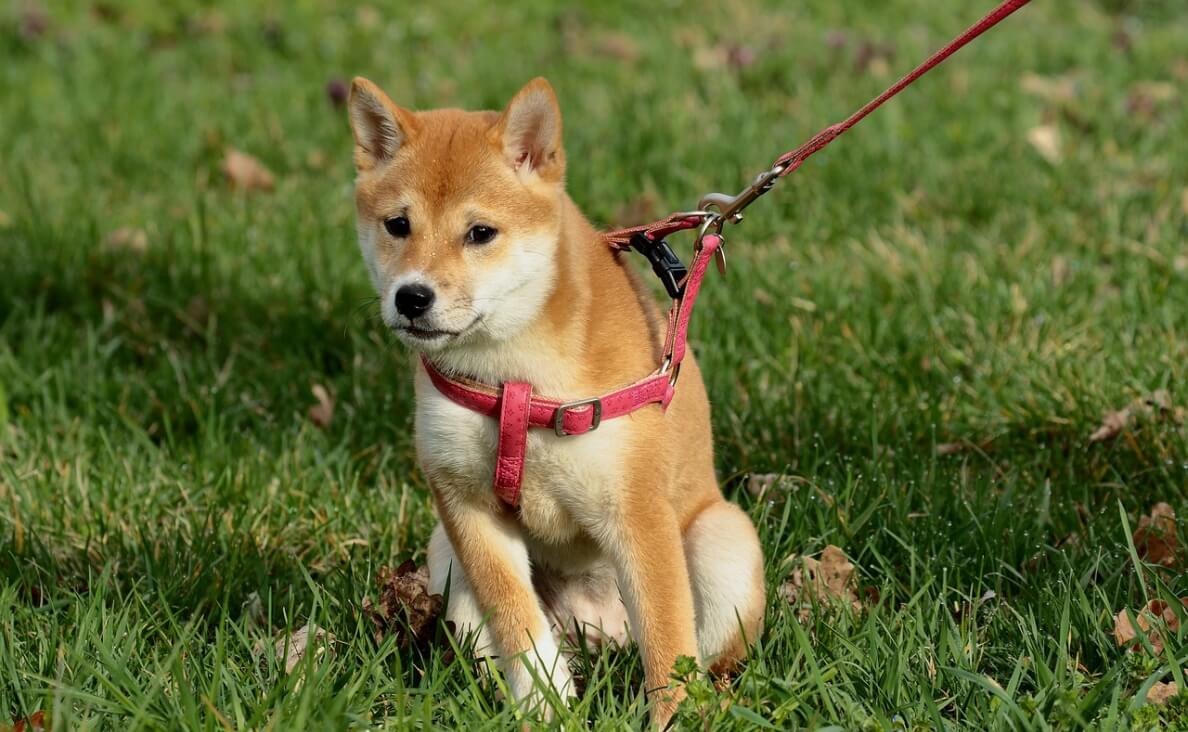
Popular No-Pull Harness Brands
Known for its front and back attachment points, the Rabbitgoo harness offers versatility in training. It’s adjustable, easy to put on, and comes in various sizes to accommodate different breeds.
This harness is designed to prevent strain on the dog’s neck while offering a secure fit. The unique Y-shaped design ensures freedom of movement and is suitable for dogs of all sizes.
Kurgo’s harness is not only a no-pull solution but also functions as a car safety harness. It comes with a front D-ring for no-pull training and is known for its durability and comfort.
The PetSafe Easy Walk Harness is a popular choice for its simple design and effectiveness. The front attachment point discourages pulling, making walks more enjoyable for both pet and owner.
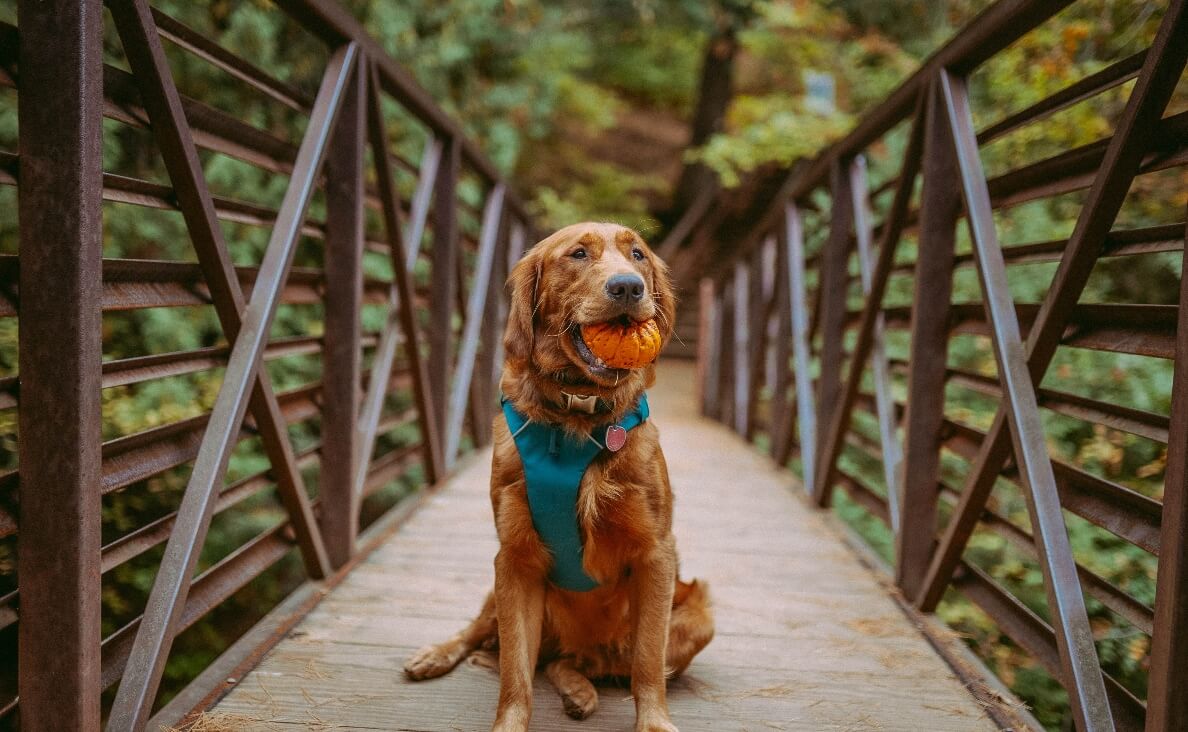
Choosing the right no-pull harness is a crucial step in ensuring your walks with your dog are enjoyable and safe. Consider your pet’s unique needs and harness features and read reviews from other dog owners to make an informed decision. Remember, patience and positive reinforcement are key components of successful no-pull training. You and your furry friend can look forward to many pleasant walks together with the right harness and training approach.
Which no-pull harness did you choose for your dog? Why did you select the harness you did? Please comment below…
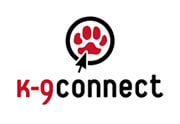
 24 Fun Ways to Spoil Your Dog
24 Fun Ways to Spoil Your Dog How to Pick Out the Ideal Leash for Your Dog
How to Pick Out the Ideal Leash for Your Dog New Puppy Checklist: Supplies You Need When Bringing a Puppy Home
New Puppy Checklist: Supplies You Need When Bringing a Puppy Home 11 Best Unique Gifts for Dogs and Dog Lovers
11 Best Unique Gifts for Dogs and Dog Lovers Chew-Proof Dog Beds: Are They Real or Just a Myth?
Chew-Proof Dog Beds: Are They Real or Just a Myth?






Leave a Reply